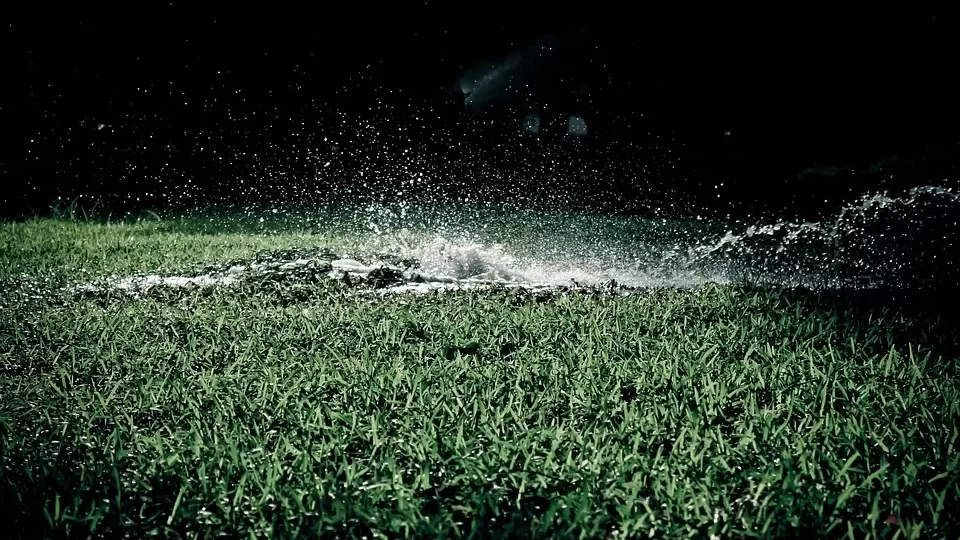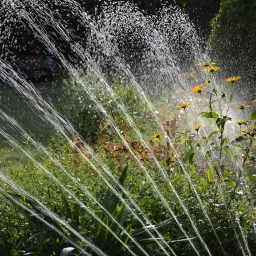
Prevent Foundation Repairs With the Proper Use of a Soaker Hose
The summer season has been, by all measures, brutally dry. Such high temperatures, for prolonged days, with almost complete lack of rain for months, have caused a spike in foundation repairs.
Unfortunately some residences are built on very expansive soils. This type of soil is very sensitive to moisture, causing large amount of swelling and shrinking depending on how much water is present in the ground. Due to the this severe drought conditions, several municipalities have been forced to mandate lawns and gardens watering restrictions.
Sometime those restrictions are so severe that sprinkler system are not allowed to be used at all. Others will allow the watering of the lawns for only few hours at night on some specific days. One of the most efficient and least wasteful method to water the grounds around the residences, is the use of soaker hoses. Soaker hoses drip 100% of the water into the ground and make the best use of this precious resource.
Here are some guidelines on how to properly use a soaker hoses:
1. Most manufacturers recommend positioning the hoses 3-4 inches under ground and 12-24″ away from the edge of the residence’s foundation. Of course each homeowner will have to find the best solutions also depending on their garden and vegetation arrangement around the house.
2. The homeowner should make sure the hoses are not right up against the slab. This may cause the water to flow under the foundations without dispersing uniformly causing additional problems with the foundations.
3. Once the soaker hoses are in place follow the manufacturer’s directions for water pressure, back-flow device, pressure regulator and timer valves.
4. Soil composition will also make a difference when determining the best location of the soaker hoses. One of the best gauges of the effectiveness of the soaker hoses is the condition of the ground around the slab. Too wet, with standing water or cracked and pulled away from the slab are indications of too much or not enough watering. Another method is to use a metal rod or re-bar 2-3 feet in length. While inserting the rod in the ground, the rod will stop or find very strong resistance once the dry ground is encountered.
Also, homeowners should look at the vegetation around the foundation (flower beds, shrubs, ground covers, etc. etc.). If the plants look healthy, that’s an indication the roots are in moist soil. In the end, all of those methods, used together, give the most accurate assessment of the homeowner’s ground conditions.
Homeowners should remember to check with the local municipalities to insure about times and days allowed for watering.
Water is a precious resource, the homeowners residence is also a precious resource, finding the right balance to prevent foundation repairs is especially challenging in these weather conditions.
sprinkler
#Prevent #Foundation #Repairs #Proper #Soaker #Hose
Will be pleased to have you visit my pages on social networking .
Facebook page here.
Twitter account is here.
Linkedin account here
Post byBedewy for info askme VISIT GAHZLY




